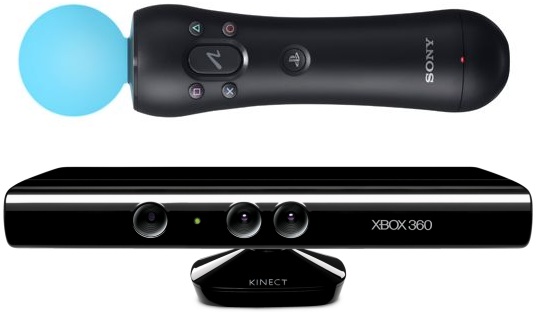 More than a year old, “Milo” is still Kinect for Xbox 360’s most impressive tech demo. Sadly, Kotaku’s unnamed sources say the project has been cancelled.
More than a year old, “Milo” is still Kinect for Xbox 360’s most impressive tech demo. Sadly, Kotaku’s unnamed sources say the project has been cancelled.
The sources say the technology behind Milo will be put to use in another game based on Fable, a series of role-playing games developed by the same studio that put Milo together. But Milo himself is, reportedly, no more.
Milo debuted during E3 2009, when Kinect was introduced under the codename Project Natal. In a video, shown at Microsoft’s press conference, a young boy on the screen interacted with an older girl in real life. Milo referred to the girl by name, responded to what she said and how she said it, and could even recognize a drawing that the girl showed to Kinect’s motion-detecting camera.
With Kinect due to launch in November, supported mostly by simple, casual games, Milo remains fresh in the mind. It’s a sign of Kinect’s potential even as Microsoft sees fit to mimic the Wii’s stable of sports, exercise and racing games out of the gate.
I’d love to see more than just mini-games from a device that can recognize movement, facial expressions and speech. Hopefully, the supposed Fable tie-in game will do great things, but I’m sad that such a powerful and simple concept — hanging out with an avatar — isn’t coming to Kinect any time soon, even if it’s a little bit creepy.



